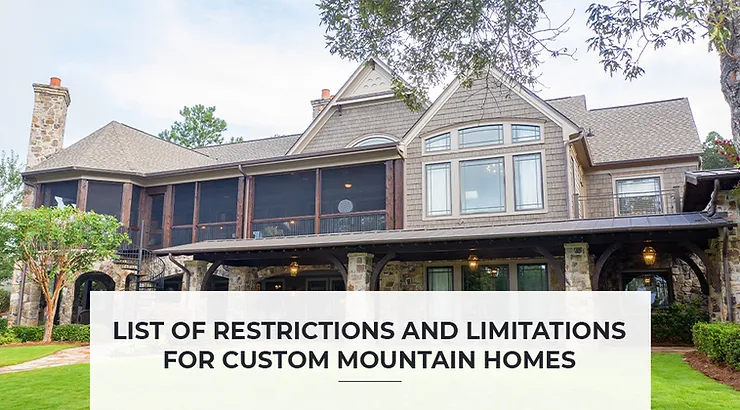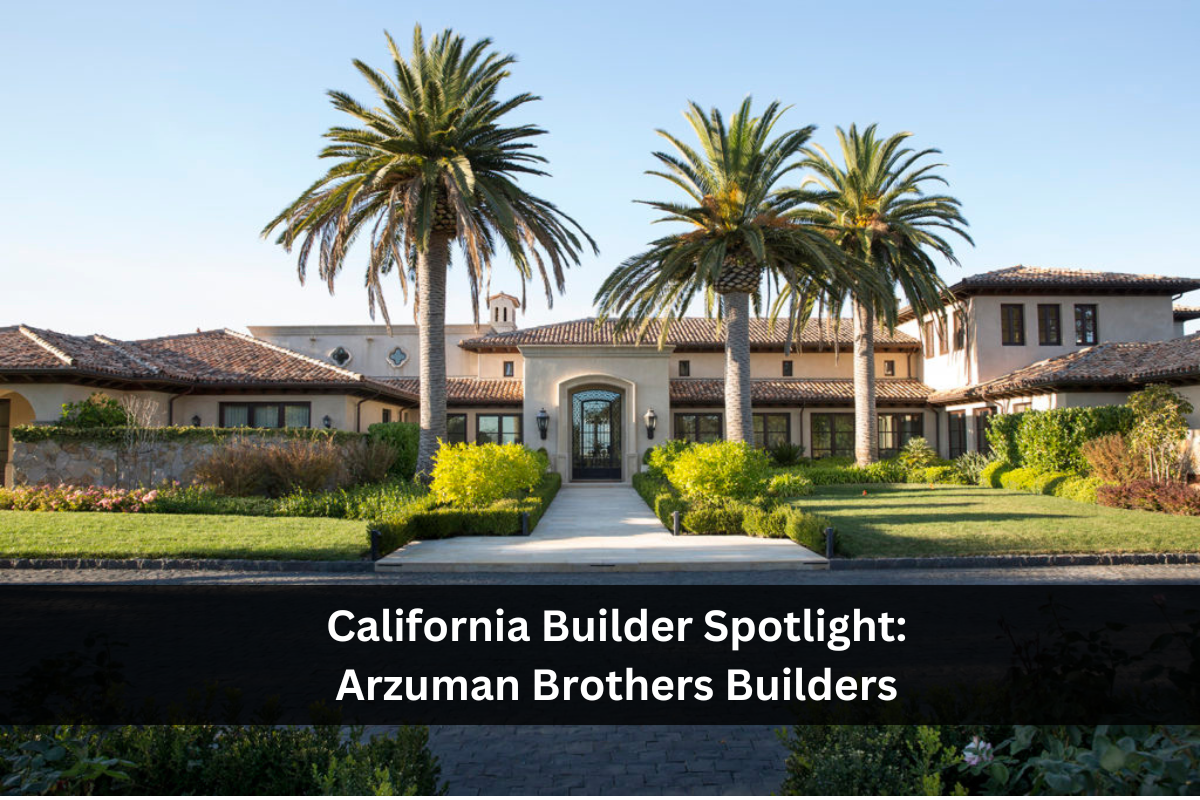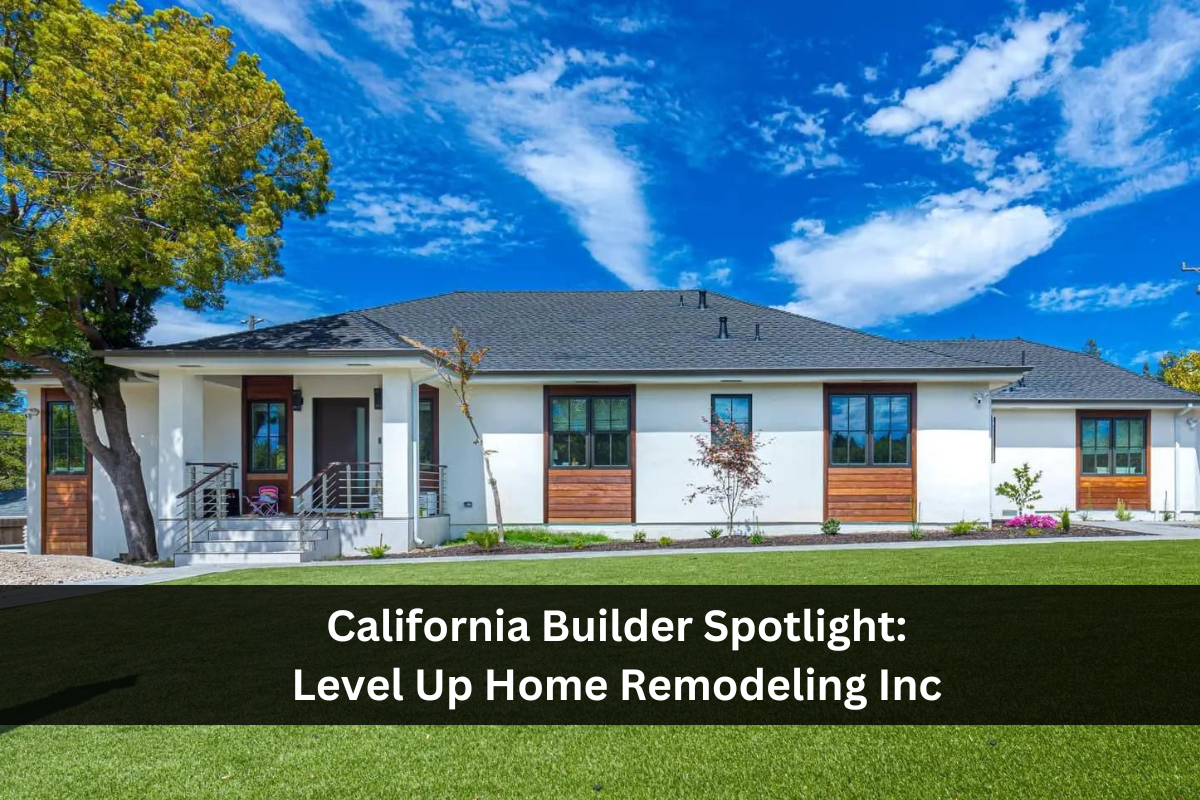Living in the mountains can mean spending much of your time in a natural paradise with unbeatable views, privacy, and endless opportunities to bask in the beauty of the great outdoors. On the other hand, it can pose unique challenges in the building process, both in the restrictions imposed by governments or HOAs and adding additional considerations in the design and build process.
If you’ve been dreaming of living a life of peaceful luxury in the mountains, you’ll want to explore and research the process from every angle before buying property.
This post will examine many restrictions, limitations, and considerations before building your dream home on a mountain.
Restrictions for Custom Mountain Homes
Depending on the area you’re interested in building in, the restrictions you’ll face when designing and building your custom home will vary. It’s important to become very familiar with any regulations that could impact how you construct your home before selecting a site.
1. Building Codes, Zoning, and Setbacks
You’ll want to look at the county website in the area you are interested in building to learn about their rules and regulations.

You may find people talking about building codes and zoning laws somewhat interchangeably despite the fact that they are two distinct types of codes you must comply with when building your home.
Zoning codes are created and enforced at the local level and have to do with how each piece of land within a city or county can be used. There are different zoning codes in each city or county, so if you’re looking at a relatively broad geographic area, familiarize yourself with each one in the ways it could apply to your project.
The types of regulations that you will find in zoning regulations include:
● Building height
● Open space requirements
● Setbacks from the property lines
● Maximum floor area ratios
● Parking requirements
Building Codes, on the other hand, are statewide codes in most places except for a few notable exceptions.
There are still a few states without statewide building codes and a few that allow jurisdictions to decide whether or not they want to have the state’s building codes on the books. Just because a state doesn’t have statewide building codes doesn’t mean that you can just start building, though– you’ll want to look at the county level and see if there are building codes you are required to abide by.
In some cases, you might find that the building code and the zoning law overlap with one another. For example, you might find that there is a height requirement in both the building code and the zoning laws. In these instances, most experts advise playing it safe and conforming to the more restrictive requirement.
2. Restrictions and Covenants in Communities
Beyond state building codes and local zoning laws, you’re also going to want to research any restrictions or covenants in communities that you’re interested in building in. It’s important to remember that covenants can change over time, so if you only have access to the CC&Rs from a few years ago, you’ll want to ask for the most recent form of the document.
For example, there are often minimum square footage requirements in subdivisions, and available lots can be difficult to find in some of the most popular mountain locations. You also might find that a community you’re interested in has rules regarding obstructing a neighbor’s view, which could impact how and where you build on your own lot.

Other restrictions that can be found in CC&Rs include the following:
- Restricting the type and number of vehicles you can have in front of the house and in the driveway
- Restricting the type of fences you can build
- Restricting the removal of trees from your lot
- Requiring that your plans are approved before building
- Restricting additional structures on your lot, such as detached workshops and sheds
- Restricting your ability to operate a business out of your home
- Restricting the colors you paint the exterior of your home
- Restricting ownership of livestock or the number of household pets
These are only a few examples of the types of restrictions you can find in CC&R documents. As you can see, they can have a tangible impact on what it means to live on your property. For example, if you’ve been dreaming of building a detached home gym next to your new mountain home, it would be pretty heartbreaking to only learn that this isn’t allowed in your community until after you purchase the land.
3. Natural Resource Rights
This is typically more of an issue out west, but if you’re contemplating moving to a mountain town in a place like Colorado, you’ll need to research the rules regarding natural resource rights. The last thing you want is to buy a plot of land only to learn that a third party is holding the natural resource rights to the land, and the truth is that natural resource rights can be a lot more complicated than one might initially assume.

A common issue out west is with mineral rights– parties that own mineral rights on your land can have the right to access and use your land without you having any say in the matter.
Even back east, there can be restrictions regarding how you use your land if it is near a body of water or other protected natural feature.
4. Community Architecture Guidelines
Some communities can have little to no restrictions on how you build your custom home, while others will have strict architectural guidelines. If you find that your desired style fits within the guidelines of a particular community, that’s great! However, in other cases, you might have to do a lot of research to find a community that will allow you to build your dream home without requiring you to make too many compromises.

You’ll want to make sure you’re working with an architect that will help you make sense of the land use codes and allowable uses before you purchase a piece of property, even if the home isn’t in a subdivision with a Homeowner Association (HOA) or a Design Review Board (DRB).
5. Mountain Homes in Historic Locations
If you are interested in building your dream luxury home in a neighborhood considered historical, you’ll likely find additional restrictions to be aware of. Historic areas can be governed by federal, state, or local governments and often come with limitations on height as well as strict style guidelines.

Are you feeling torn between building an unbelievable mountain abode and a luxurious oceanfront estate? Take a look at our list of everything you need to know before buying beachfront property.
Limitations and Considerations
Being aware of the restrictions you will need to abide by is important, but there are also a number of other limitations and considerations you’ll want to keep in mind as well when contemplating building a mountaintop estate.
1. Access
Perhaps one of the first things you’ll want to consider once you’ve decided to build a custom mountain home is how you’re going to access your property. If you are buying a lot in an existing community and there are already roads in place, this isn’t something you’ll need to worry about. If you’re trying to build a truly remote escape, though, it’s important to understand the additional cost of building an access road to your estate.

Another factor to consider when thinking about access is the fact that all of the materials you are using to build your home will need to make it up the mountain. This can add additional costs for delivery and labor, particularly if your lot is in a remote location.
Beyond your own access to the land, you’ll want to look into whether or not anyone else is going to have legal access to your land. If you’re buying a property in a remote location, for example, you could find that someone else has a “right of way” easement on your land.
2. Choosing the Right Community
If you are interested in finding a mountain community where you can build your dream home, it’s essential to understand that not all communities are going to fit within what you’re looking for. HOAs can have strict rules about the square footage of your home, the architectural style, landscaping, and more, so it’s critical to familiarize yourself with each community you’re interested in before buying a lot.

One of the perks of buying a lot in a community rather than purchasing your own raw land is that there will typically already be access roads built and plans in place for utilities if they aren’t already installed.
3. Water Drainage and Seepage
A proper drainage solution is essential for a mountain home. Not only will you need to direct rainwater away from the foundation of your home, but you’ll also have to make sure that any retaining walls have effective drainage systems and are waterproof.

Beyond that, you’ll also want to consider where the water table is and how that impacts any plans you might have for a basement in your home. If your home is going to have a sewage line located uphill from the property, a pump will need to be installed. On the other hand, sewage lines that run downhill will need to have a system in place to slow down the flow of water.
4. Soil Type
Building your home on top of the correct type of soil is another important consideration. The ideal types of soil are sand, gravel, and silt, as they can withstand heavy loads and adequately drain water.

If the earth has too much clay in it, though, it can wreak havoc on your home’s foundation unless it is precisely engineered to withstand this type of soil.
5. Topography
Though living on a mountain can mean that you are able to achieve the peace, privacy, and luxurious estate you’ve always dreamed of, it’s worth understanding that acquiring those priceless mountain views often comes paired with steep sites. This can mean that you need to do extensive (not to mention costly) excavation and fill in order to make your site buildable.

Further issues can be discovered if the contractors find that there are rock formations where you’re trying to put your foundation. This doesn’t necessarily mean that you won’t be able to build, but it does mean that your costs will go up.
6. Building the Foundation
Building the foundation for a mountain home can be pretty complex, as special systems will need to be put in place for sloped land. This will need to be factored into your budget, as establishing a solid foundation on sloped land can surpass the total cost of constructing a home on a level surface.

Mountain homes often require that the foundation is anchored down in order to be stable. Snow and rainfall amounts are typically more significant at a higher elevation, and natural erosion is also an essential factor.
7. Utilities
Another important question is understanding where your utilities are coming from.
Are you going to get water from the city or a community system, or will you need your own well?

You’ll likely need to get a permit in order to drill a well, and there are typically fees if you are going to tie it into the grid. Beyond water, you’ll need to make plans for electricity, septic, and gas if these are not already dealt with by the community you choose.
8. Logistics
Finally, another practical consideration you’ll want to think about is what living on a mountain means for your life on a daily basis. Mountain communities provide a lot of privacy, incredible views, and a luxurious life amongst the beauties of nature, but it can also mean that you’re a bit farther from town than you would be if you lived down the mountain.

You’ll also want to think that weather can get more extreme the higher up you go, meaning you should incorporate snow load into your architectural considerations and consider how you will deal with snow removal and road maintenance.
Building Your Custom Mountain Dream Home
There is truly nothing more exciting than beginning the process of designing your dream home. At the same time, there are few things quite as daunting. Not only are there countless decisions to make– from choosing a property and picking a builder to find an architect and choosing the right community– but you also have to navigate the wild world of building codes, zoning laws, CC&Rs, and other restrictions and limitations.

Though building a home on a mountain certainly presents a handful of unique challenges, it can also give you a truly breathtaking result when the construction process is all said and done. At Dream Home Studio, it’s our mission to help ensure that the building process is stress-free, predictable, and most importantly, in your control. Using our Custom Home Guidebook and Workshop, you’ll be guided through our unique step-by-step program that will ensure that your project doesn’t veer from your intended schedule or budget.







